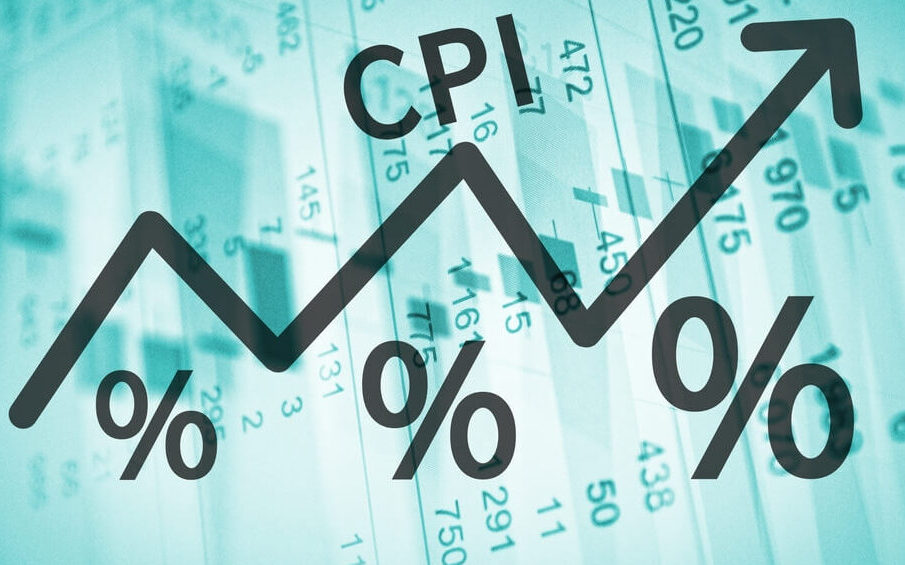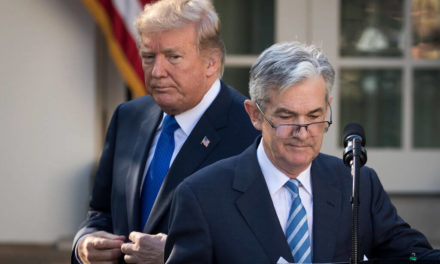Underlying consumer prices in the United States increased by 0.3% in June, the largest this inflation index has increased in nearly 1 1/2 years. The increase is most likely not going to change expectations that the Federal Reserve will cut interest rates later this month.
The Labor Department said Thursday that the CPI, which excludes volatile food and energy components, shot up on increases in prices of apparel, used automobiles and household furnishings. The 0.3% increase was the largest since January 2018, and it was preceded by four straight months of 0.1% increases.
A poll of economists by Reuters did not predict this major bump, and instead predicted no change in June, according to CNBC.
Inflation has been an ongoing issue for the Fed, which has a 2% target. It tracks the core personal consumption expenditures (PCE) price index as a means for setting monetary policy. The index increased 1.5% year-on-year in May, and has remained below its target for the duration of 2019.
Fed Chair Jerome Powell cited persistently low inflation as one of the factors for determining where interest rates should be. In a meeting with the House on Wednesday, Powell said the central bank will “act as appropriate” to protect the longest recorded period of economic growth the U.S. has witnessed. Powell added that “there is a risk that weak inflation will be even more persistent than we currently anticipate.”
The Fed will meet again on July 30-31, and many economists and investors predict that an interest rate cut from the 2.25% to 2.5% current rate will happen.
In June, core inflation was pushed up by higher rents and a 1.6% jump in used car and truck prices, which followed four straight months of decline. Clothing prices rose 1.1%.
Some of the increase in core prices was likely temporary. The cost of household services jumped 0.8%, the most in nearly 30 years, as lawn and garden service costs soared 6.1%, the most since December 1997.
Food prices were unchanged, and gas prices fell 3.6%, the second straight sharp decline. The cost of electricity also fell 0.8%, lowering overall inflation.
The Associated Press contributed to this article.




